From miracle to miracle
Well, maybe none of this fits the theological definition of a miracle, but ...
… in the modern sense of wondrous good fortune, it was hard to beat Charlemagne’s and my time in and above Val Müstair. In Charlemagne’s case, it was 774, after he was crowned king of Lombardia (now Italy) during his quest to reunite the old Western Roman Empire. Returning north, he endured a snowstorm while crossing the Umbrail Pass. He swore that if he survived the Alpine crossing, he would found a monastery in the first village he encountered. That village is now known as Müstair, and the monastery is the lovely UNESCO World Heritage Site of the Convent of St John the Baptist.
I started my day with a tour of the convent, which currently shelters 12 nuns who live full time inside the private section and rarely come out; we encountered two of them, which my guide said was rare. But the rarest treasures are the frescos, which are being uncovered under layers of more recent stucco and frescos. Some of the original buildings are still in place, often reconstructed one century after another, since repeated wars included repeated destruction of the monastery. I keep calling it a monastery, as that was its original purpose. For a few centuries it was inhabited by Benedictine monks, though since the 12th century it has been Benedictine nuns.
After my tour of the convent, I hiked to Charlemagne’s Umbrail Pass, though via a quite different route – a wondrous route, perhaps the best alpine ridge walk I’ve ever done. It began with a long ascent to Piz Cavalatsch, the easternmost point in Switzerland. From here on my journey will be all westward, though with huge deviations south and north. Nothing is direct about this border. From Cavalatsch a faint trail follows the exact ridge crest up and down one 2,900-meter peaklet after another. Sometimes there’s a touch of scrambling and in one section there’s a brand new via ferrata cable, but mostly it’s just walking. Rarely if ever have I been able to hike so many kilometers on an undulating ridgecrest as I did here, and the weather even cooperated – as it should, because I’m told this is the fourth-driest region in Switzerland. The views south to the 3,900-meter Ortler Group were stunning.
The day’s route finished at the passes of Stilvio and Umbrail, the first being in Italy and notorious for its massive First World War military encampments, a long tragic story of its own. The latter being the Swiss pass where Charlemagne crossed long before there was a Switzerland.
The other miracle for me was that I got to make this fantastic hike without a pack, thanks to the great generosity of Jürgen Pfister, from the tourism department of Val Müstair. He offered to bring my pack by car to Umbrail Pass (and even to house me overnight at the Alpenrose Hotel, where I am typing this lengthy report on my computer instead of with one thumb on a smart phone, as usual). I can’t thank him enough for taking the load off my back for a day that I’ll fondly remember.
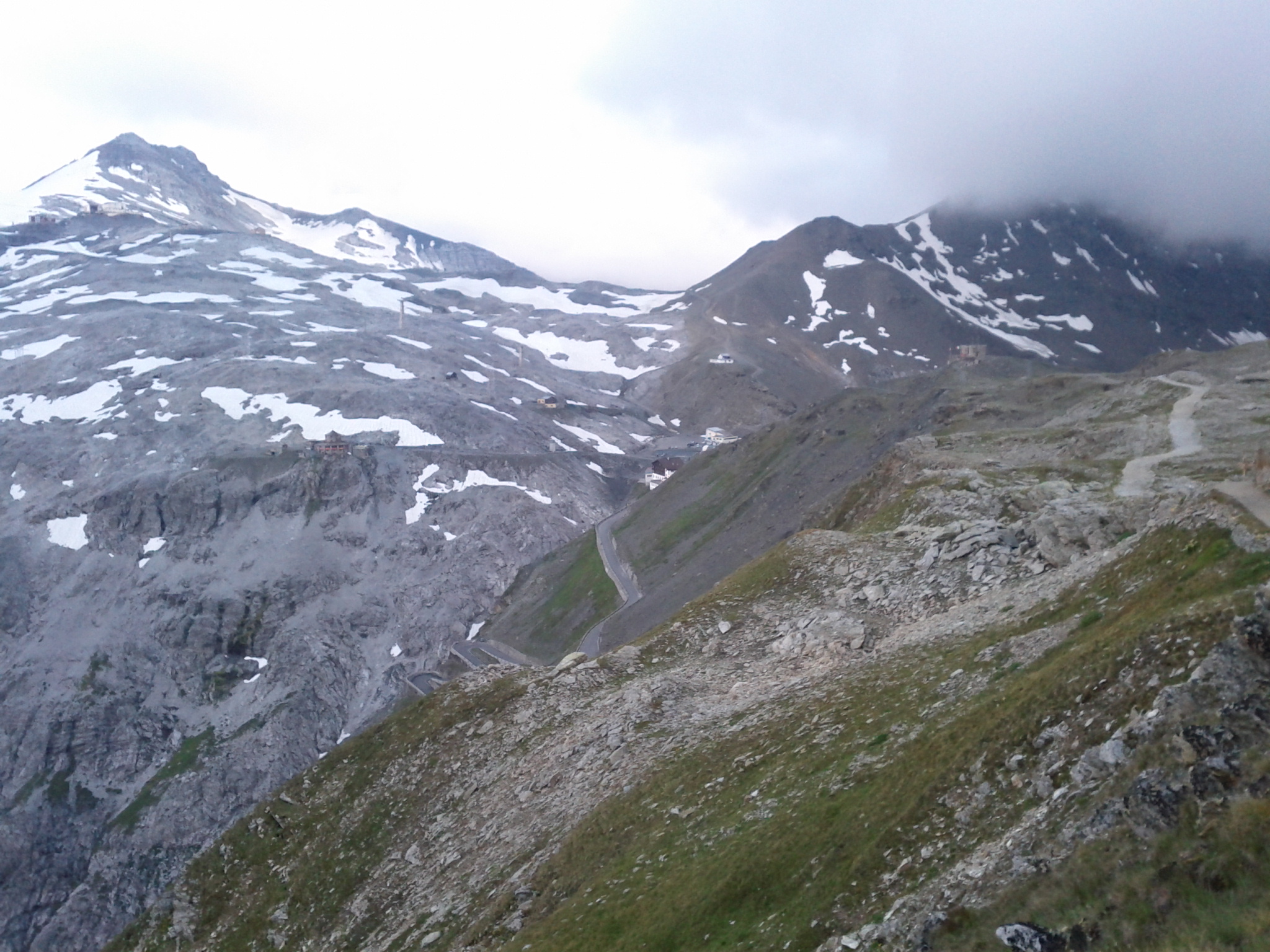
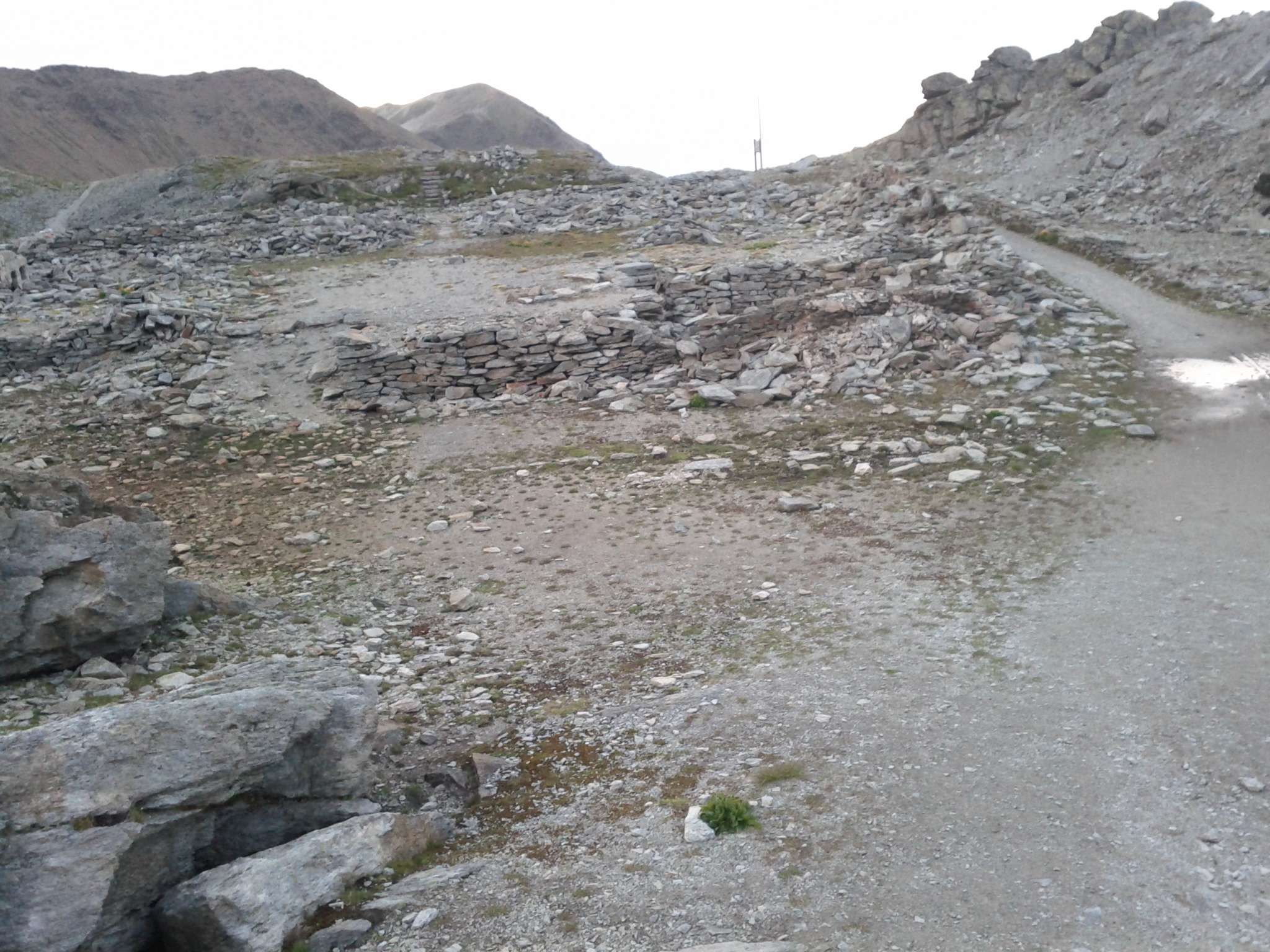
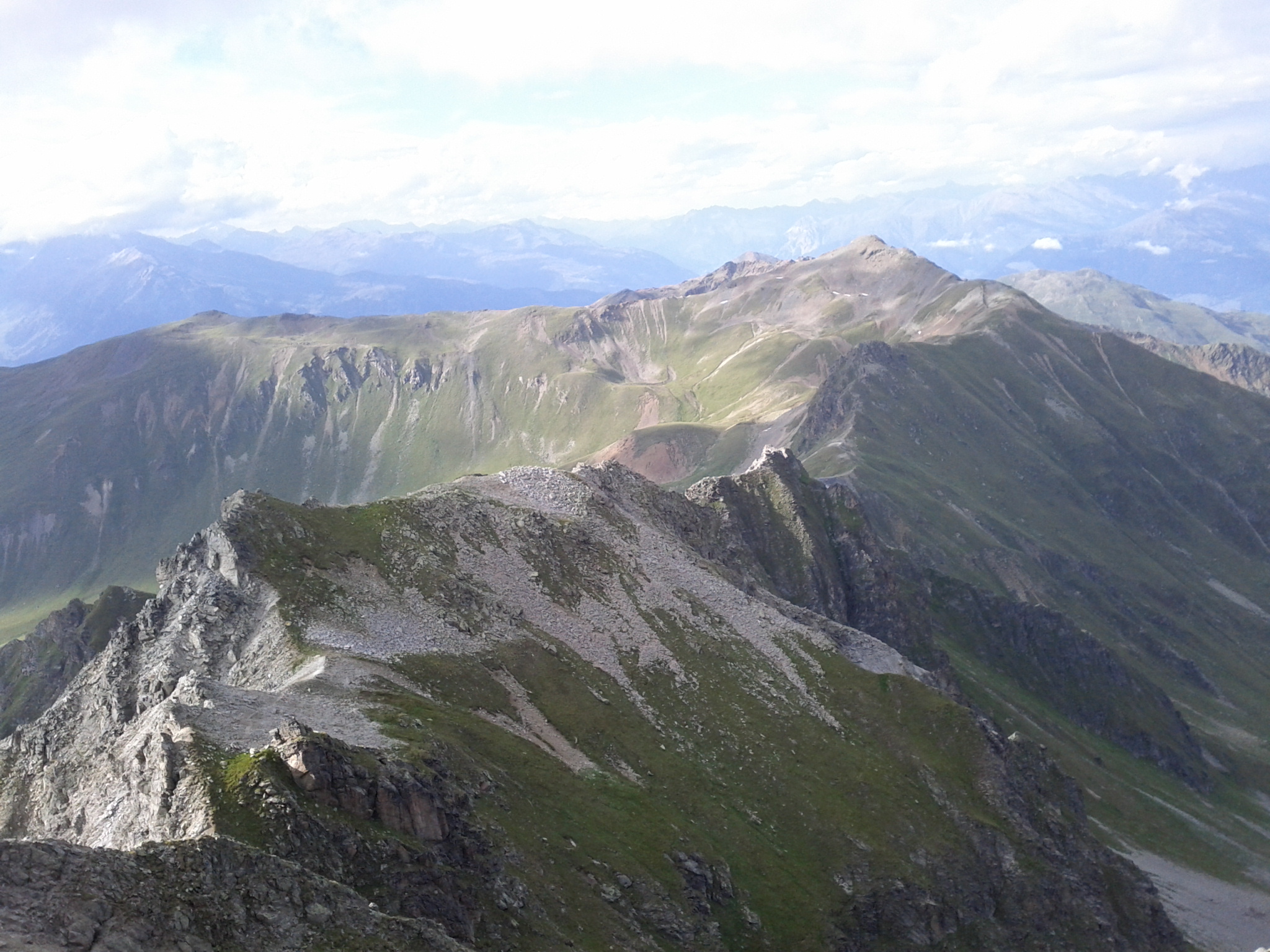
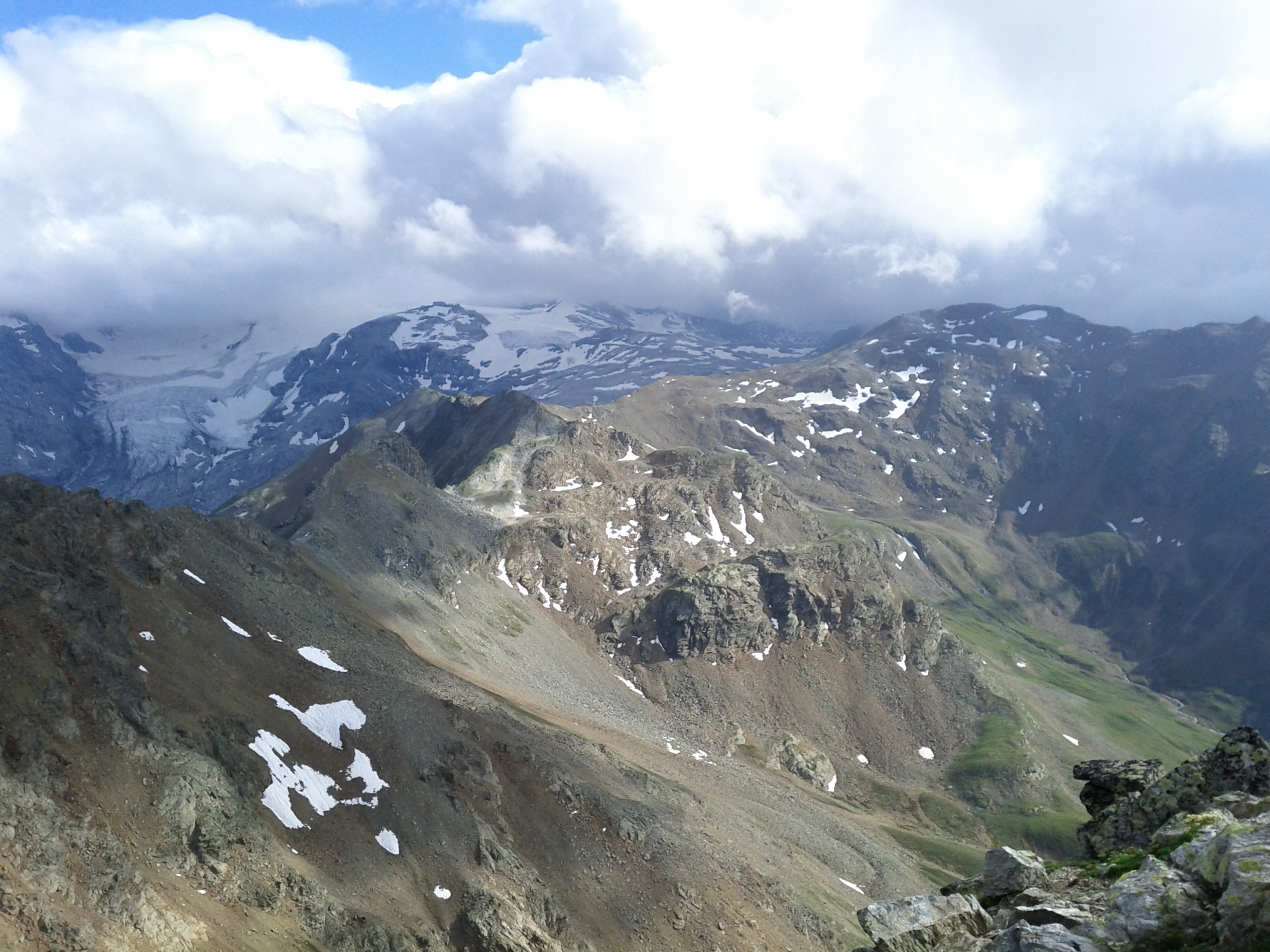
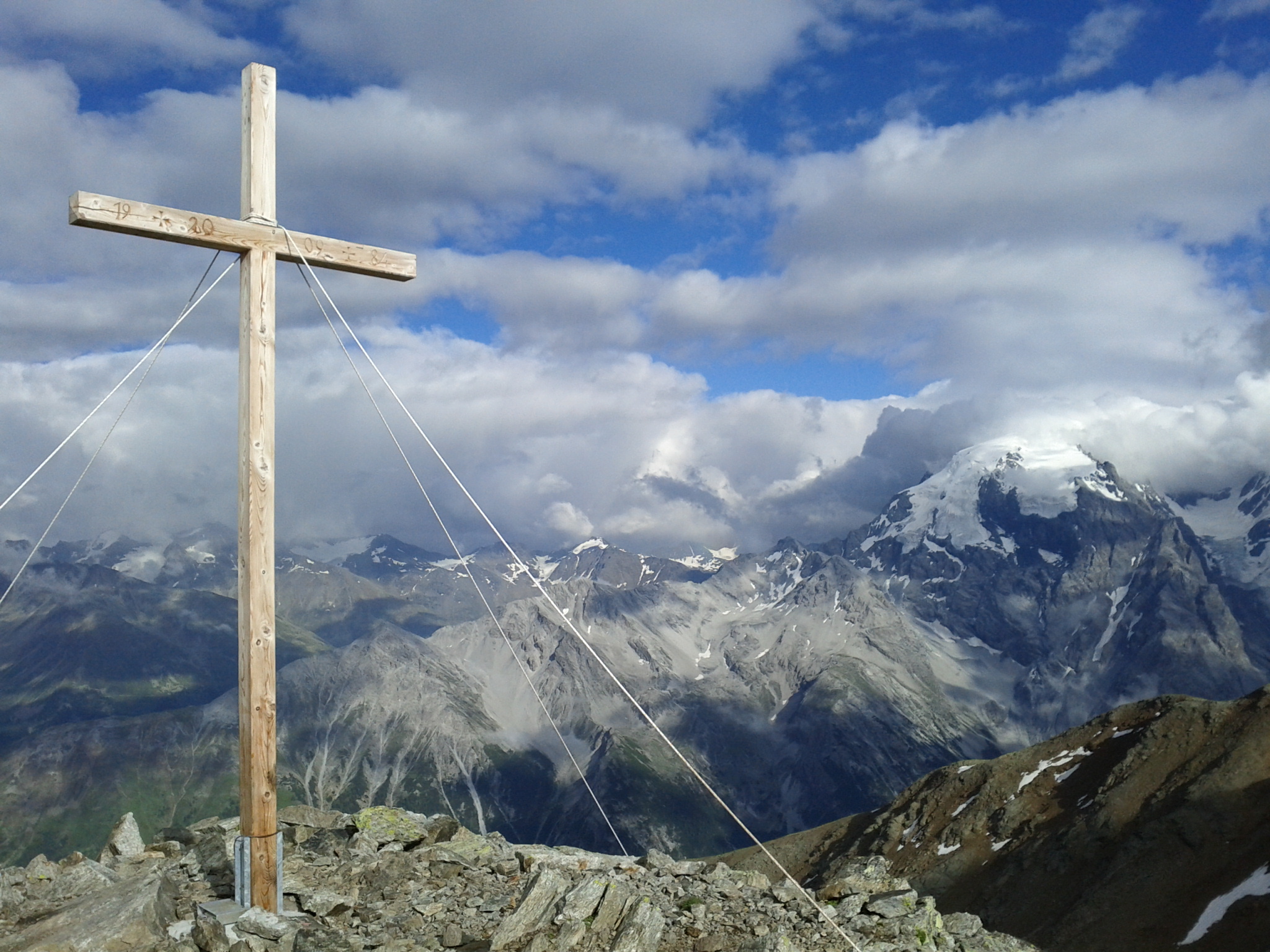
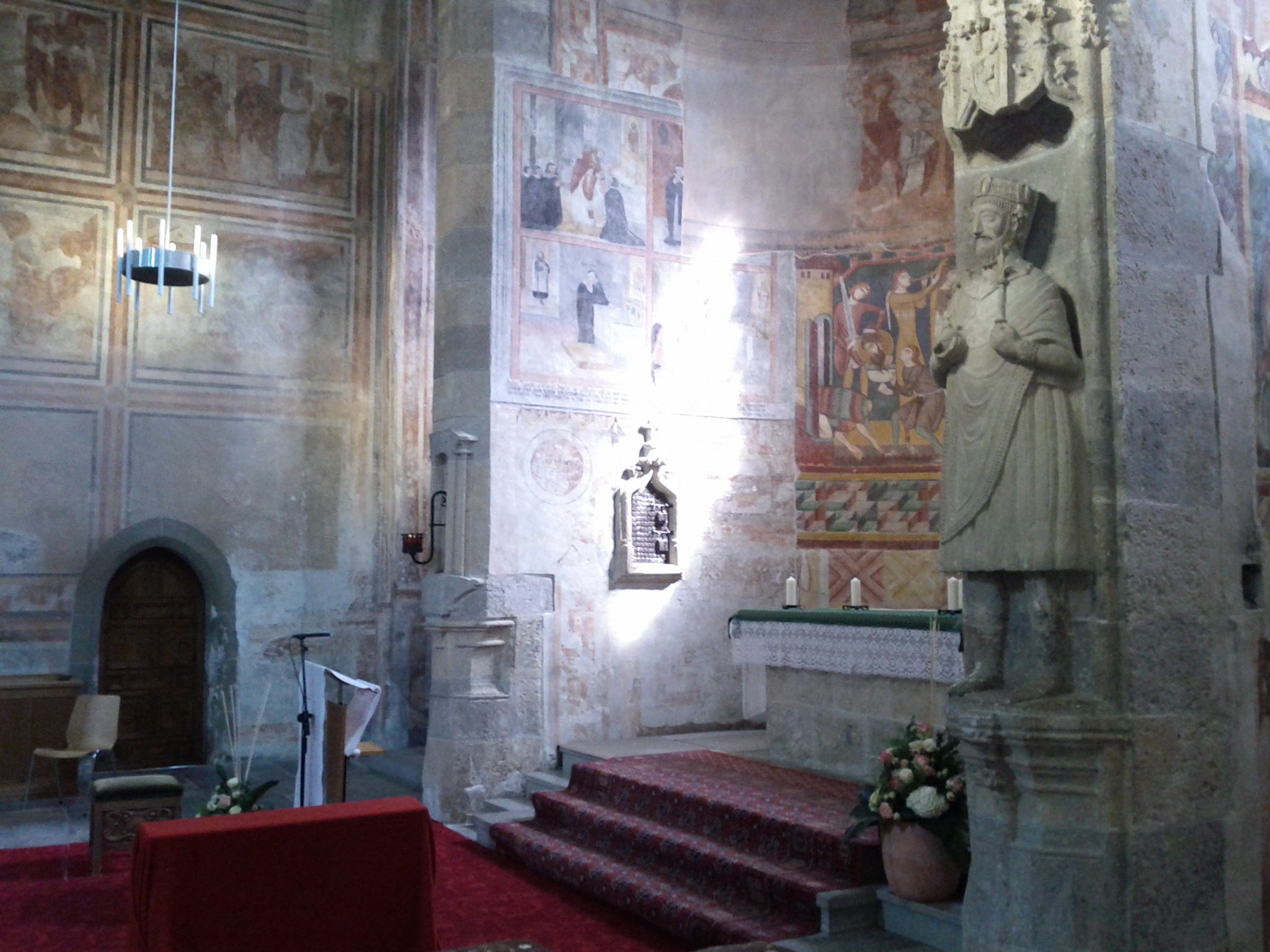
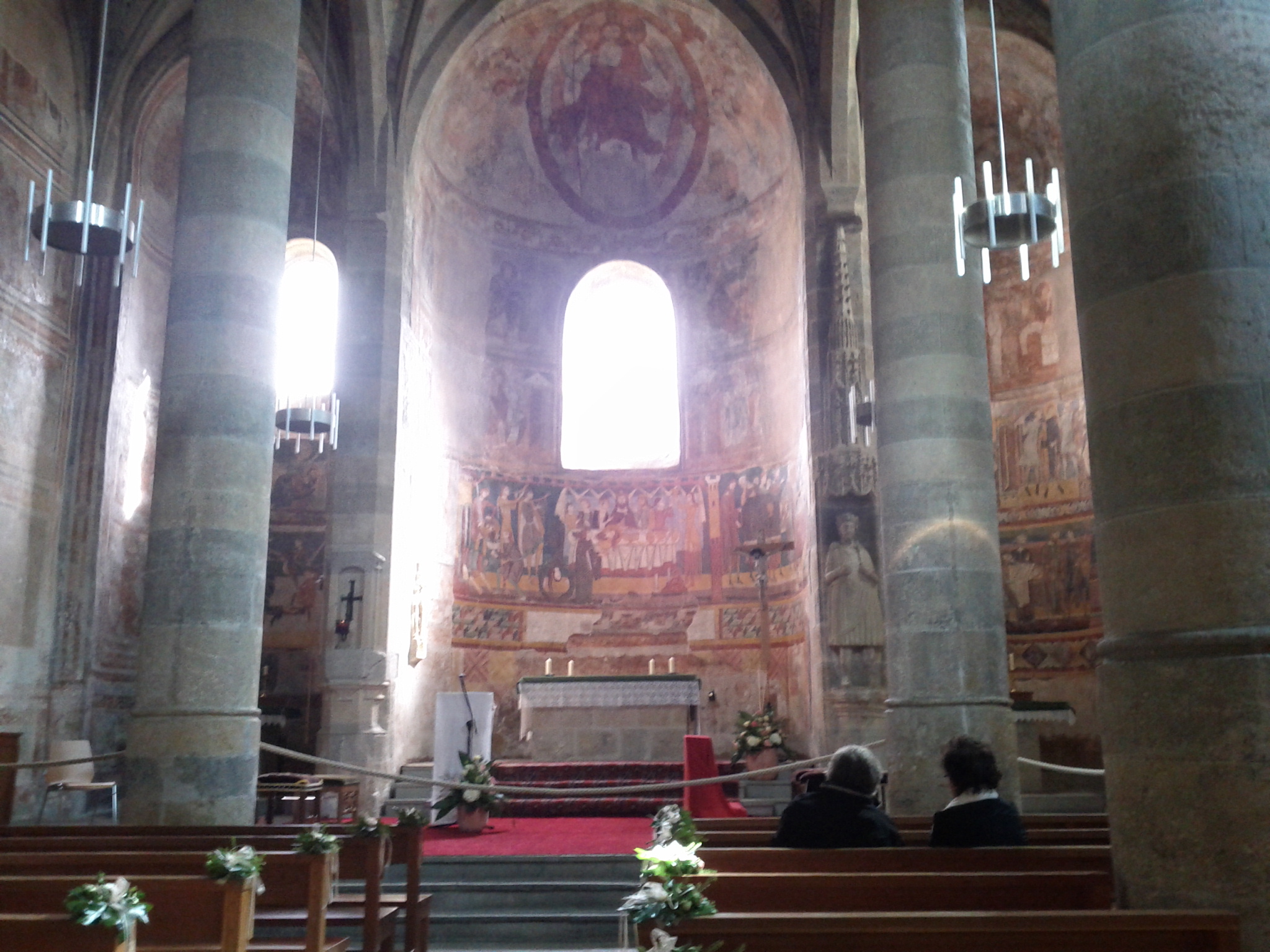
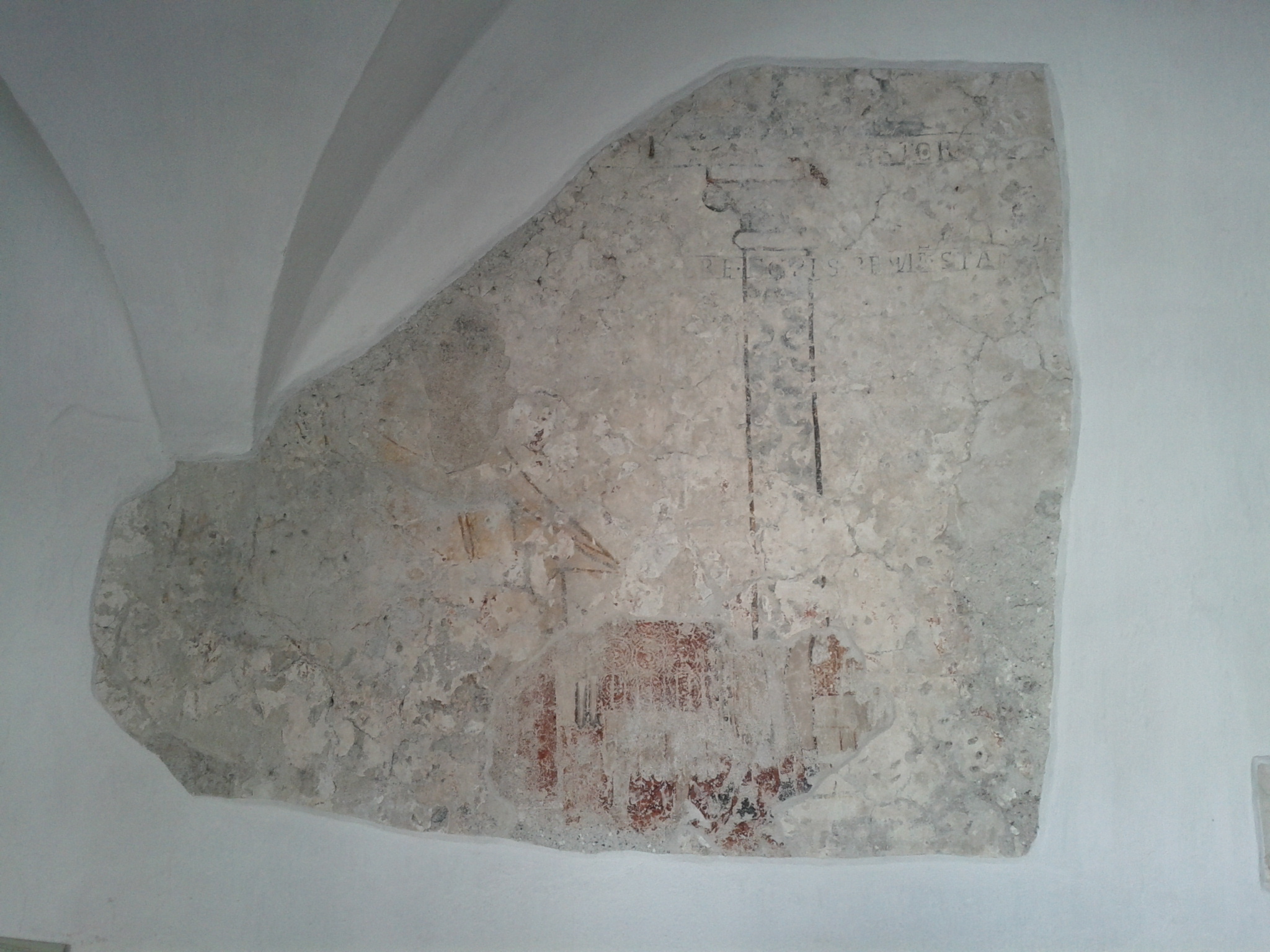
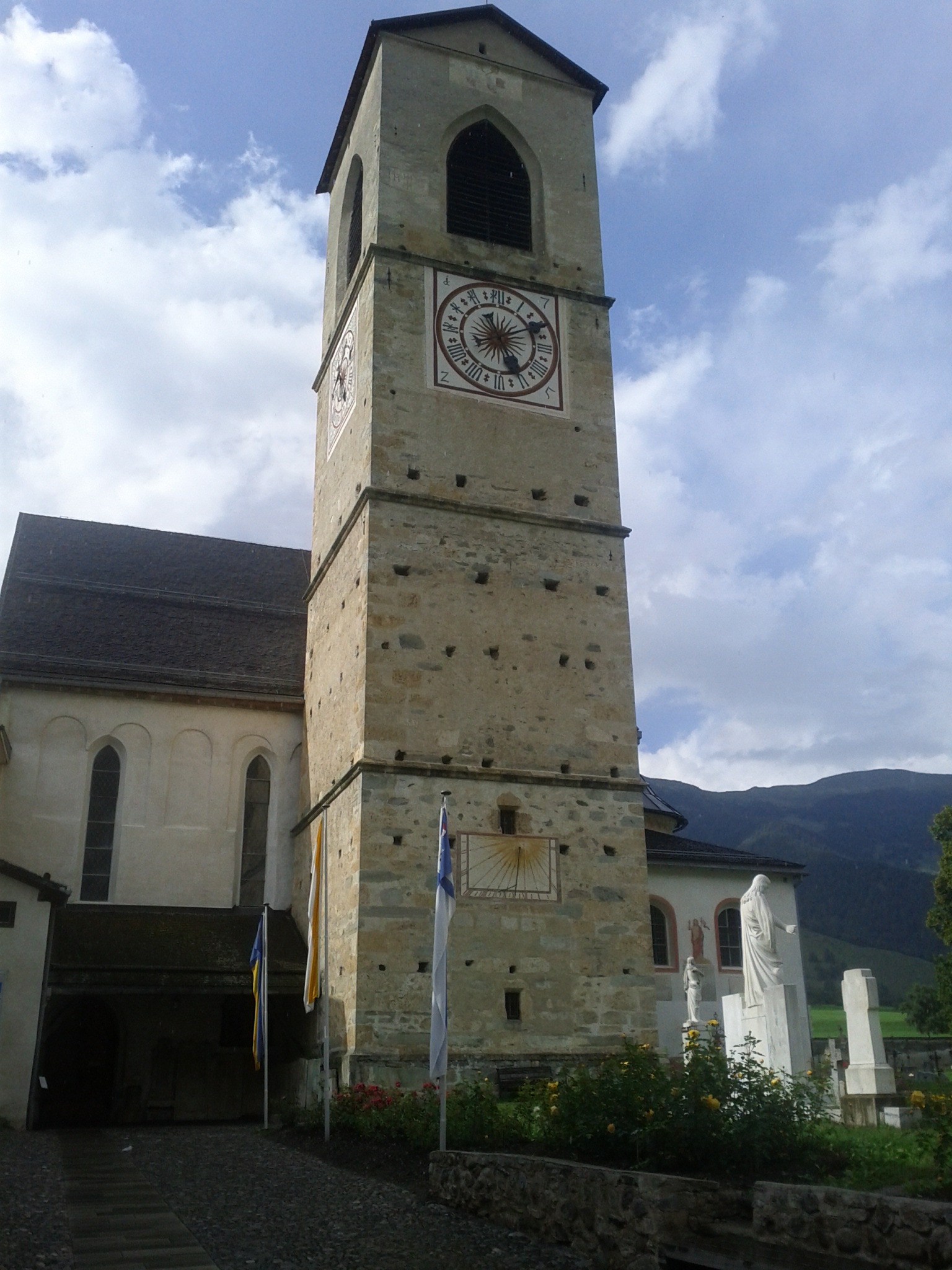
You can find an overview of ongoing debates with our journalists here . Please join us!
If you want to start a conversation about a topic raised in this article or want to report factual errors, email us at english@swissinfo.ch.